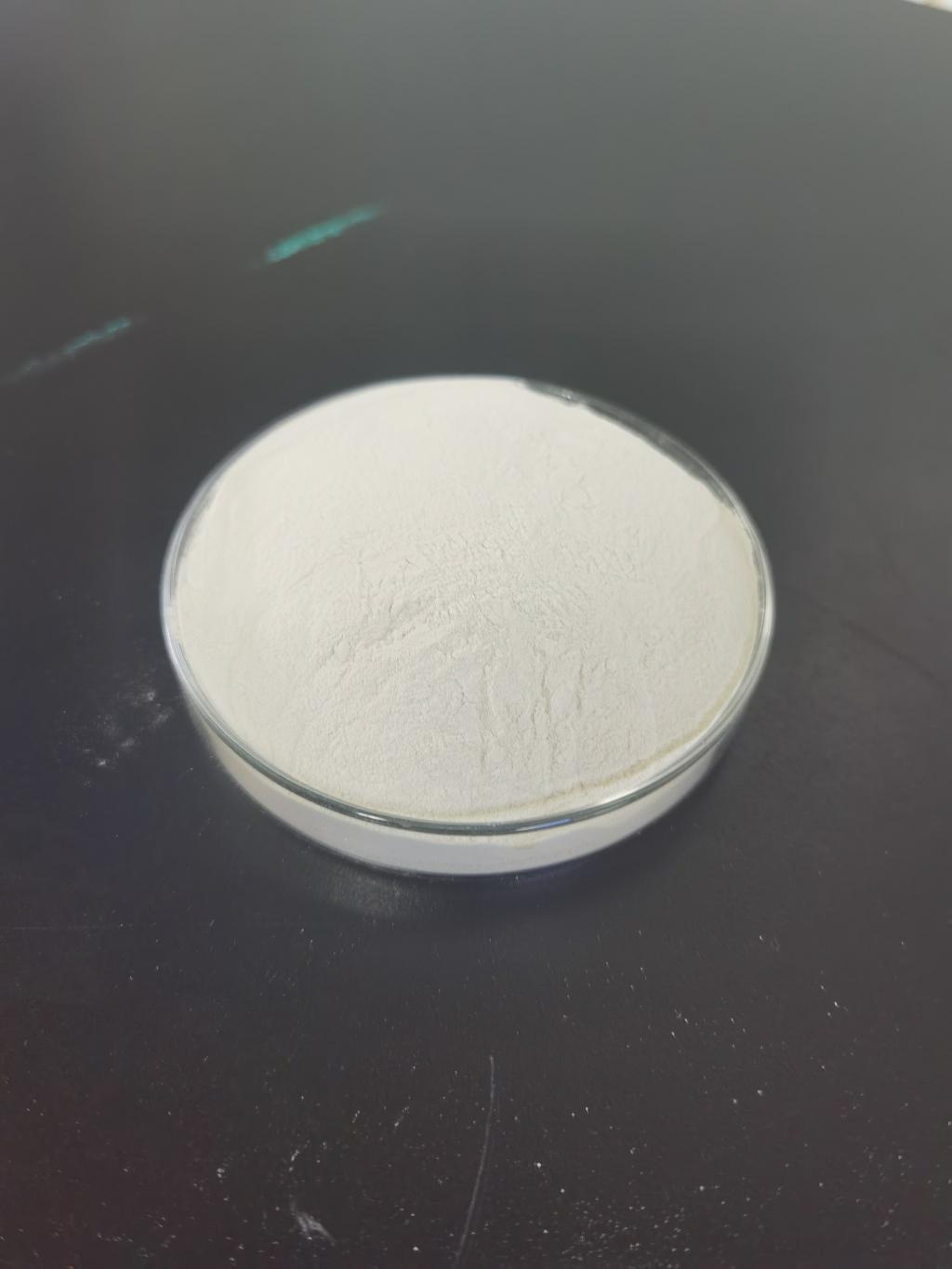Tel:0086 18231198596

News
Nisin's Potential in Addressing Challenges in the Seafood Industry
TIME:2024-01-26
I. Challenges in the Seafood Industry:
Microbial Spoilage:
Seafood products are highly perishable due to the presence of natural enzymes and microorganisms. Bacteria, yeast, and molds can rapidly multiply, leading to unpleasant odors, changes in texture, and deterioration of the overall quality of the seafood.
Foodborne Pathogens:
Seafood is susceptible to contamination by various foodborne pathogens, including bacteria such as Vibrio species and Listeria monocytogenes. Inadequate processing, storage, and transportation conditions can contribute to the growth of these pathogens, posing serious health risks to consumers.
Oxidation and Rancidity:
Seafood contains delicate fats and oils that are prone to oxidation, leading to rancidity. This not only affects the taste and aroma of the seafood but also reduces its nutritional value.
II. Understanding Nisin and Its Mechanism of Action:
Antimicrobial Properties:
Nisin is a naturally occurring antimicrobial peptide produced by certain strains of lactic acid bacteria. Its primary mode of action involves disrupting the cell membranes of susceptible bacteria, leading to cell death. Nisin is particularly effective against Gram-positive bacteria, making it suitable for controlling spoilage organisms and some foodborne pathogens.
Selectivity and Safety:
One notable feature of Nisin is its selectivity in targeting specific bacteria without affecting eukaryotic cells, including human cells. This selectivity, combined with its safety for human consumption, positions Nisin as an attractive antimicrobial agent in food preservation.
III. Nisin's Applications in Seafood Preservation:
Fresh Seafood:
The application of Nisin in seafood processing can help mitigate microbial spoilage, extending the freshness and shelf life of products such as fresh fish and shellfish. This is particularly relevant in regions with limited refrigeration infrastructure, where maintaining the quality of fresh seafood is a significant challenge.
Processed Seafood Products:
Nisin can be incorporated into various processed seafood products, including canned fish, smoked seafood, and seafood-based ready-to-eat meals. Its antimicrobial activity contributes to preventing the growth of spoilage organisms and ensuring the safety of these products during storage and distribution.
Aquaculture Practices:
In aquaculture, where the majority of seafood is produced, the use of Nisin can help control bacterial infections in fish and shellfish. This is crucial for maintaining the health of aquatic species, reducing the need for antibiotics, and ensuring the safety of seafood products for consumers.
IV. Addressing Food Safety Concerns:
Control of Vibrio Species:
Vibrio species, including Vibrio parahaemolyticus and Vibrio vulnificus, are common pathogens associated with seafood. Nisin has shown effectiveness against certain Vibrio species, providing a natural and selective method for controlling these pathogens in seafood products.
Reduction of Listeria Monocytogenes:
Listeria monocytogenes is a Gram-positive bacterium that can contaminate seafood and cause serious foodborne illnesses. Nisin's antimicrobial activity against Listeria monocytogenes makes it a valuable tool in reducing the risk of contamination and enhancing the safety of seafood products.
V. Sustainability and Economic Impacts:
Reduction of Food Waste:
By extending the shelf life of seafood products, Nisin can contribute to the reduction of food waste in the seafood industry. This is especially relevant in developing nations where post-harvest losses are a significant concern.
Minimized Dependency on Synthetic Preservatives:
The use of synthetic preservatives in the seafood industry has raised concerns about their potential negative impact on human health and the environment. Nisin, being a natural and biodegradable peptide, offers a sustainable alternative that aligns with the growing demand for cleaner and safer food processing practices.
Improved Economic Viability:
Seafood producers and processors adopting Nisin-based preservation methods may experience improved economic viability. The reduction in product losses, increased shelf life, and enhanced safety can positively impact the industry's profitability.
VI. Overcoming Challenges and Considerations:
Integration into Current Processing Practices:
To maximize the benefits of Nisin, it is essential to integrate its use seamlessly into existing seafood processing practices. This may involve collaboration between researchers, industry stakeholders, and regulatory bodies to establish guidelines and best practices.
Consumer Acceptance and Perception:
Educating consumers about the safety and benefits of Nisin in seafood products is crucial for widespread acceptance. Clear labeling and communication strategies can help build trust and confidence in the use of this natural antimicrobial agent.
VII. Future Directions and Research Opportunities:
Synergistic Approaches:
Research should explore the potential synergies between Nisin and other natural antimicrobial agents or preservation methods. Combining Nisin with technologies such as high-pressure processing or edible coatings may offer comprehensive solutions to seafood preservation challenges.
Tailoring Nisin for Specific Applications:
Further research into engineering Nisin variants with enhanced activity against specific seafood spoilage organisms or pathogens could open up new possibilities for tailoring its applications to different seafood products.
VIII. Conclusion:
Nisin's potential in addressing challenges in the seafood industry is significant, offering a natural and effective solution to enhance the safety and shelf life of seafood products. Its antimicrobial properties, selectivity, and safety make it an attractive option for seafood processors seeking sustainable and clean-label preservation methods. As research and development in this field continue, collaboration among scientists, industry stakeholders, and regulatory bodies will be essential to unlock the full potential of Nisin in ensuring seafood safety, reducing waste, and contributing to the long-term sustainability of the global seafood industry.

 CONTACT
CONTACT




